180 brilliant minds gathered on September 26 at “Navigating the Future of Innovation Districts”, representing diverse European and US districts, industry players, hospitals, universities, businesses, and investors.
– A great opportunity to exchange ideas and learn from the success stories of leading innovation districts.” says Ylva Williams.
Everyone at the conference shared the same goal: elevating the future of innovation districts. The speakers (see list below) covered topics from a broad perspective, from The Value of a Place through the importance of soft aspects like creating a narrative, vision and culture, collaboration and leadership aspects, to The Ecosystem Secret Sauce and how to prepare for the future.
85 per cent of the attendees rated the symposium 5 or 6 points on a 6-six graded scale.
Key takeaways:
- An innovation district is more than a physical place—it’s a vibrant ecosystem with a joint mission. People are the most essential ingredient.
- Innovation districts improve the local community and should be driven by ideas and creativity, not economic output.
- If you seen one innovation district, you have seen one. Each innovation district has its own fabric, which is built on heritage, culture, people, geography, and vision.
- The innovation district needs constant gardening where you must pay attention to the solid and have the courage to reevaluate the direction.
See the list of speakers and read the full report >>
Session 1: The Value of Place
Here, the importance of location, physical environment, infrastructure, and what makes an innovation district tick were discussed.
Below:
- Emma Frost, Chair, UK Innovation Districts Group
- Christine Wergeland Sørbye, CEO, Oslo Science City
- Travis McCready, Head of Life Sciences, Americas Markets, JLL
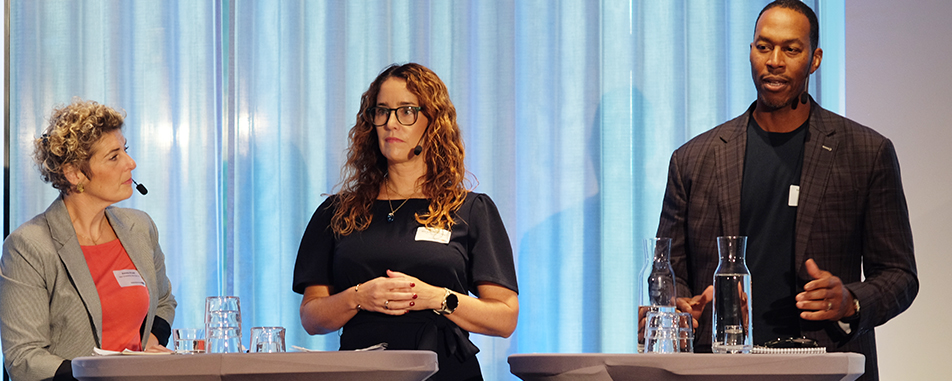
Below:
- Filippa Kull, Business Development Director, Stockholm Science City
- Peter Skogh, Museum Director, The National Museum of Science and Technology
- Mikael Ahlström, Entrepreneur and CEO, The Park
- Johan Christenson, Partner, HealthCap
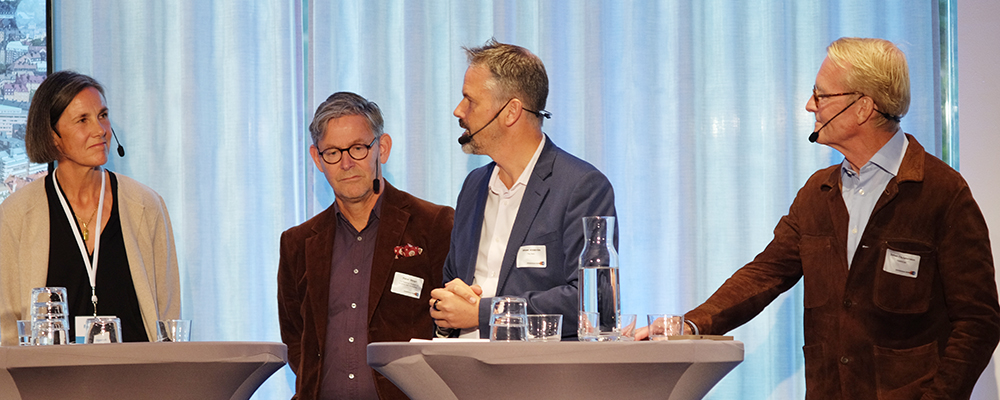
Session 2: Governance and Community
Here, we explored how collaborative leadership and governance enable an innovation district to grow and evolve for the benefit of its stakeholders – the effect of different arrangements and leadership styles on incentivising collaboration at all levels. Speakers below:
- Petter Hartman, CEO, Medicon Village
- Anikka Fulop, Manager Community Building & Partnerships, Science & Business organisation, Amsterdam Science Park
- Johan Weigelt, CEO, KI Holding and KI Innovations
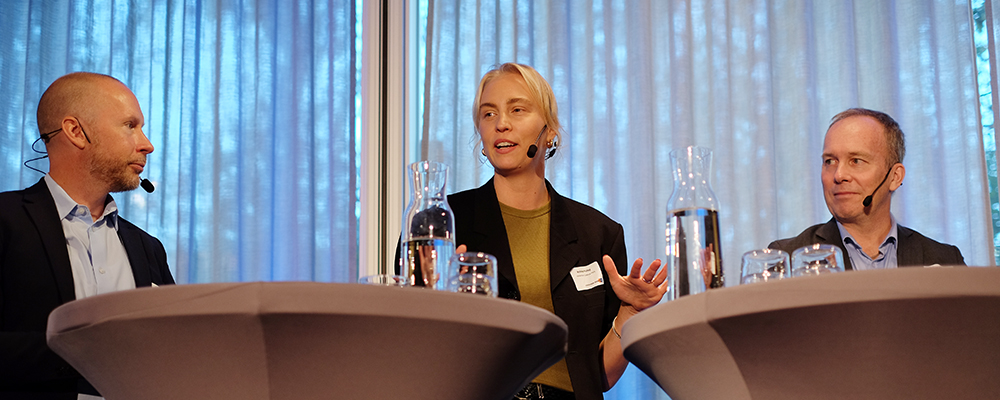
Session 3: The Ecosystem Secret Sauce
Here, we explored how different organisations contribute to the local innovation ecosystem, with examples from businesses, educational institutions, and support services. Speakers below:
- Lena Mäler, VicePresident, Stockholm University
- Annika Borgenstam, vice President, KTH Royal Institute of Technology
- Annika Östman Wernerson, President, Karolinska Institutet
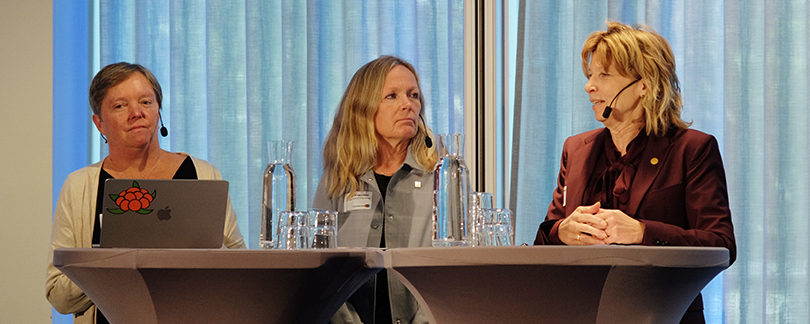
Speakers below:
- Jacob Sahlqvist, Managing Director, White Arkitekter Gothenburg
- Beth O’Neill Maloney, Executive Director, Kendall Square Association
- Jonas Schorr, Partner, Urban Impact
- Magnus Björsne, CEO, AstraZeneca BioVentureHub
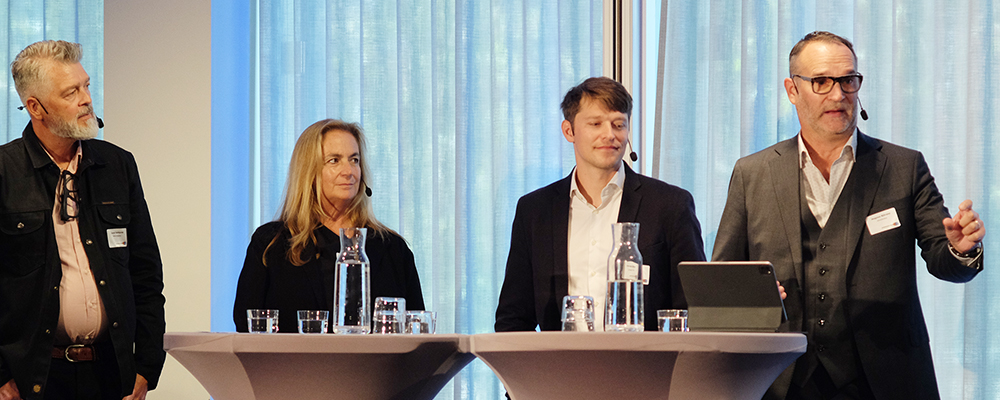
Session 4: The Future
Here, we discussed what innovation districts should expect and how to prepare for the future. Speakers below:
Keynote speaker: Peter Wallenberg Jr, Chair, Knut and Alice Wallenberg Foundation
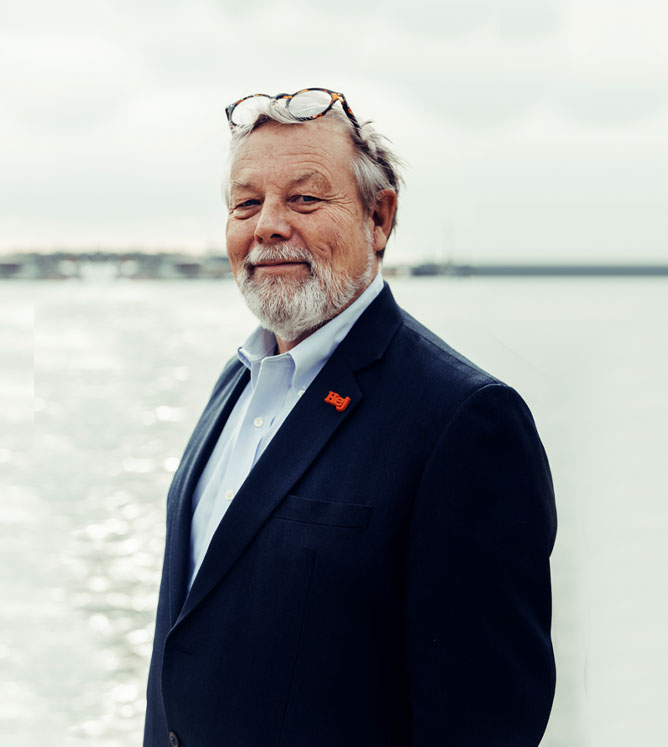
- Ylva Williams, CEO, Stockholm Science City
- Simon Danielsson, Project Manager, KFUM Central
- Stefan Dahlbo, CEO and President, Fabege
- Stefano Minini, Project Director, Lendlease
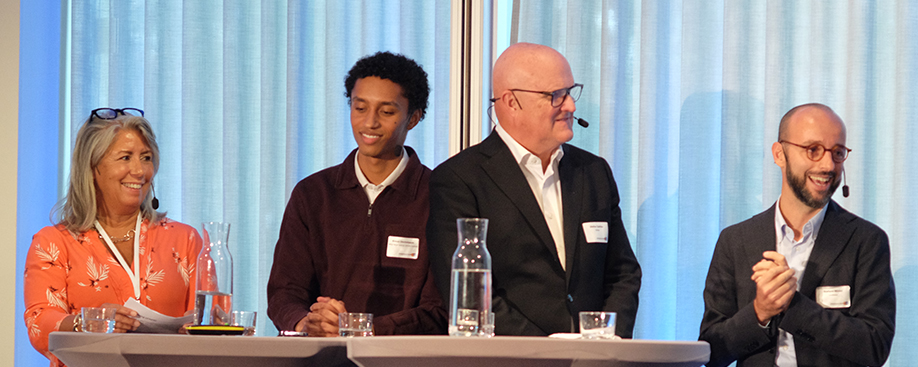
The moderator: Tim Moonen, Director, The Business of Cities

Photos by Andreas Namslauer.
